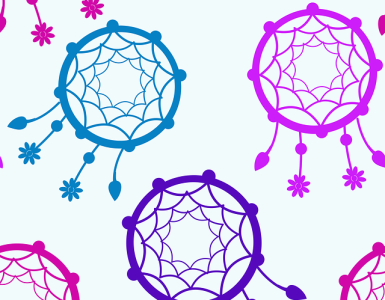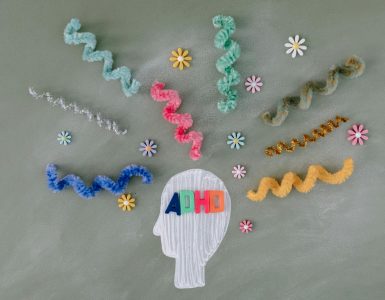Ever feel like you’re watching a bizarre, silent movie starring yourself and everyone you know? We all do. Human behavior is a wild, unpredictable ride, full of seemingly illogical choices and contradictory actions. But underneath the chaos, there’s a surprisingly elegant structure – a set of predictable patterns and biases that shape how we think, feel, and act. Let’s pull back the curtain and take a peek at the unseen strings that orchestrate our lives.
The Illusion of Choice: Are We Really in Control?
We like to think we’re rational, deliberate beings, carefully weighing options before making decisions. The truth is, much of our decision-making happens on autopilot. Think about your morning routine: brushing your teeth, making coffee – you probably don’t consciously decide to do these things each day. These are habits, deeply ingrained patterns of behavior that save mental energy.
But this autopilot extends far beyond the mundane. Consider the “framing effect,” a cognitive bias where how information is presented drastically alters our choices. Imagine two scenarios: a surgery with a 90% survival rate versus a surgery with a 10% mortality rate. Logically, they’re identical, but the first option feels much more appealing because it emphasizes the positive. How Our Past Shapes Our Present and Future
This seemingly minor detail highlights a powerful truth: our choices are often swayed by emotional factors—fear, hope, loss aversion— rather than pure logic. We’re not always the rational decision-makers we believe ourselves to be.
The Power of Suggestion: The Chameleon Effect
Have you ever noticed how you unconsciously mimic the body language of someone you’re talking to? This is the chameleon effect, a subconscious mirroring of behavior that fosters connection and rapport. It’s a fascinating example of social contagion – our tendency to adopt the behaviors and attitudes of those around us.
This isn’t just about mirroring posture; it extends to emotions and opinions. Think about the power of advertising and social media influencers. By presenting desirable behaviors and attitudes, they subtly influence our own choices and beliefs. We’re far more susceptible to subtle cues than we realize.
The Bystander Effect: Diffusion of Responsibility
In 1964, Kitty Genovese was murdered while several witnesses watched without intervening. This tragic event sparked research into what became known as the bystander effect: the more people present in an emergency, the less likely any single person is to help. Why? Because responsibility gets diffused amongst the group. Each person thinks, “Someone else will do something,” and nobody does.
This experiment shines a light on the surprising power of social dynamics. Our actions aren’t always rational self-preservation; they’re heavily influenced by the context and the actions (or inaction) of those around us.
The Illusion of Control: The Need to Believe We’re in Charge
We crave control. We believe we’re in charge of our lives, our decisions, our destinies. But many factors beyond our control—chance, genetics, social circumstances—influence our lives profoundly. The “illusion of control” is our tendency to overestimate our ability to influence events, leading to disappointment when things go wrong.
Consider gambling. People often believe they can influence the outcome of a game of chance, despite the inherent randomness. This illusion of control provides a sense of comfort and agency, even if it’s ultimately misguided.
Cognitive Dissonance: The Mental Gymnastics We Perform
Cognitive dissonance is the uncomfortable feeling we get when our beliefs clash with our actions. To relieve this discomfort, we engage in mental gymnastics – justifying our actions, downplaying contradictions, and sometimes even changing our beliefs to match our behavior.
For instance, someone who smokes despite knowing the health risks might rationalize their behavior by saying, “My grandfather smoked and lived to be 90!” This isn’t necessarily a conscious lie; it’s a way of reducing the discomfort of holding conflicting beliefs.
The Power of Priming: Subtle Influences on Our Thoughts
Priming is a fascinating phenomenon where exposure to one stimulus influences our response to a subsequent stimulus. If you’re shown a series of aggressive images, you’re more likely to interpret a neutral interaction as aggressive.
This has significant real-world implications. The news we consume, the music we listen to, even the advertising we see, can subtly prime us for specific emotional responses, shaping our perceptions and judgments.
Conclusion: Navigating the Labyrinth of Human Behavior
Understanding the hidden patterns of human behavior is not about reducing ourselves to predictable automatons. Instead, it’s about gaining self-awareness, recognizing our biases, and making more conscious choices. By understanding the forces shaping our actions, we can work towards greater self-control, more meaningful connections, and a deeper appreciation for the complexities of the human experience.
The “puppet show” analogy, while playful, underscores a crucial point: we’re not simply puppets controlled by invisible strings. We have agency, we have free will. But recognizing the strings’ existence allows us to understand the forces at play and navigate the world with greater awareness and wisdom.
























Add comment